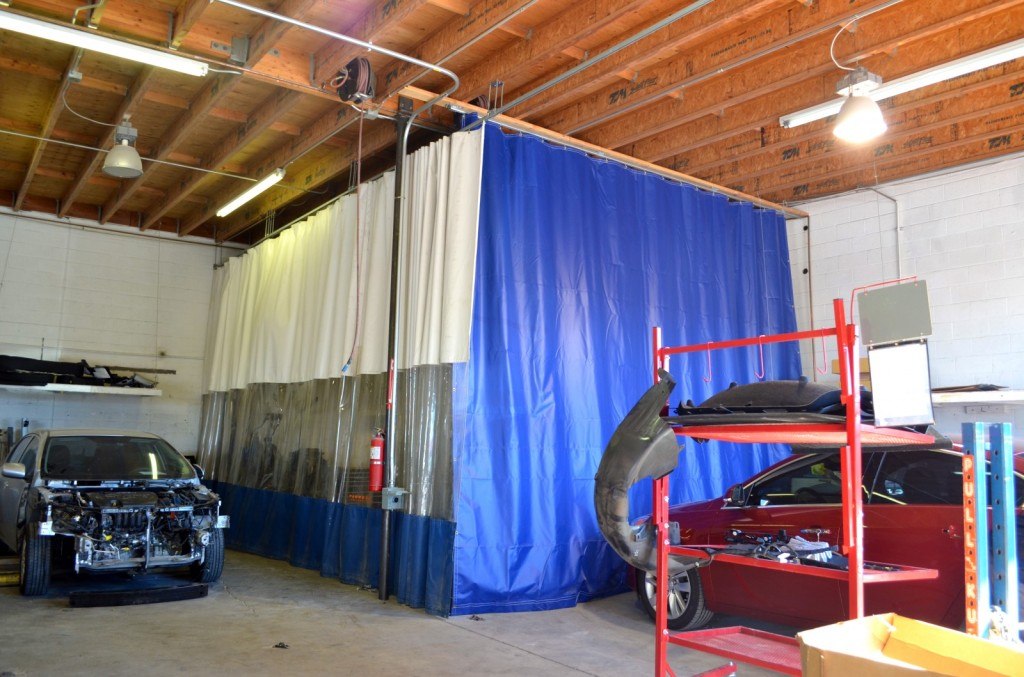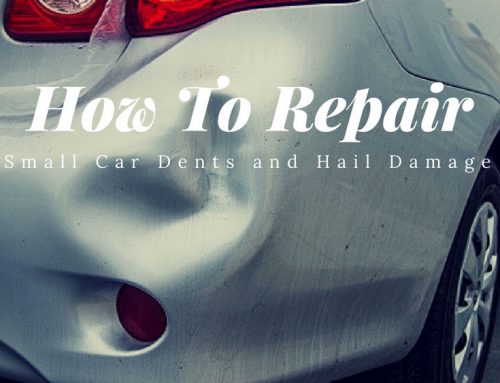Aluminum Growth In The Automotive Industry
For the first time, shops with the right tools, equipment, training and facilities have the ability to distinguish themselves from those that do not have what it takes. The requirement for specific manufacturer training, knowledge and repair repetition will be imperative with the technology that is utilized in the building of the cars and trucks of today and the future. At this time only about 15% of the collision repair companies across the US have the proper equipment and training to make some of these repairs!
The average mid-size car today with internal components made of aluminum can be 24 percent lighter than one with components made of steel. This will allow fuel consumption to be reduced by 1 gallon per 125 miles.
Car manufacturers first started to use aluminum over a hundred years ago. Back then aluminum was a poorly explored metal, but its light weight and resistance to corrosion gave the metal great potential for the future of the automobile.

Aluminum first became popular among race-drivers in the mid 1960’s. It was light and allowed for a considerable advantage during acceleration. During that time Mickey Thompson drove a car with an engine made of the light-weight aluminum during the ‘Indianapolis 500’, the engine demonstrated tremendous performance capabilities. Over the next few years numerous companies improved the design of the engine and it was eventually used in mass-produced models, race cars and Formula-1 cars.
In the seventies manufacturers had to search for ways to reduce fuel consumption due to the escalating cost of fuel. The most logical way to do that was to figure out how to reduce the weight of the automobile. To do this, the manufacturers started replacing certain components throughout the vehicle with those made of aluminum, reducing the total weight of vehicles. Today, an average of 320 pounds of aluminum is used in the average car, and this continues to grow with every year.
Advanced high-tensile aluminum alloys have now completely superseded steel that has conventionally been used to make a vehicle body, the most important car component. In 1994 Audi released an A8 model with the entire body made of aluminum. This vehicle has a weight reduction of 560 pounds!
Audi studied aluminum applications for 20 years. When they released the ASF space frame, it marked the birthday of a high-duty aluminum frame structure with embedded aluminum panels that could absorb a large part of shock and load. This new structure also required new technologies to be created and applied. Because of that, new light alloys and material treatment technologies had to be developed.
Today, all-aluminum bodies are installed on Audi A2 and A8 models. According to Audi the company has produced 250,000 of A2 and A8’s since 1993 and feel it has been a great success.
Mazda has also designed a revolutionary method of welding together aluminum and steel and required it be utilized in industrial production of parts for the new model RX-8 sports car. Until this time it has been considered impossible to weld aluminum and steel together.

Mazda engineers resolved this task by heating up upper layers of aluminum with simultaneous galvanizing of welding surface of steel. The corrosion process would then enable the aluminum particles to penetrate the structure of steel and form a reliable adhesion. The new cutting-edge technology opens broad prospects for the automotive industry to produce combined aluminum-and-steel bodies for cars with partial use of welding instead of clamps. It enhances durability and reliability of structures, making them more light-weight at the same time. Mazda understands that this process will require a large investment in specialized equipment and training in the collision industry in order to duplicate this process during a collision repair.
Today aluminum is the second most used material in the total weight of your average automobile. It is used to make components for the suspension, chassis, engine blocks and other engine compartment components. It is believed that 2lbs of aluminum can replace up to 4.4lbs of steel and cast iron in many areas of vehicle. Over the next few years we will start to see more structural and body components made with aluminum and at some point aluminum could become the number one most used metal in the build of future automobiles. This will continue to reduce the weight of the vehicle which will reduce fuel consumption and in turn reduce CO2 emissions into the air.





